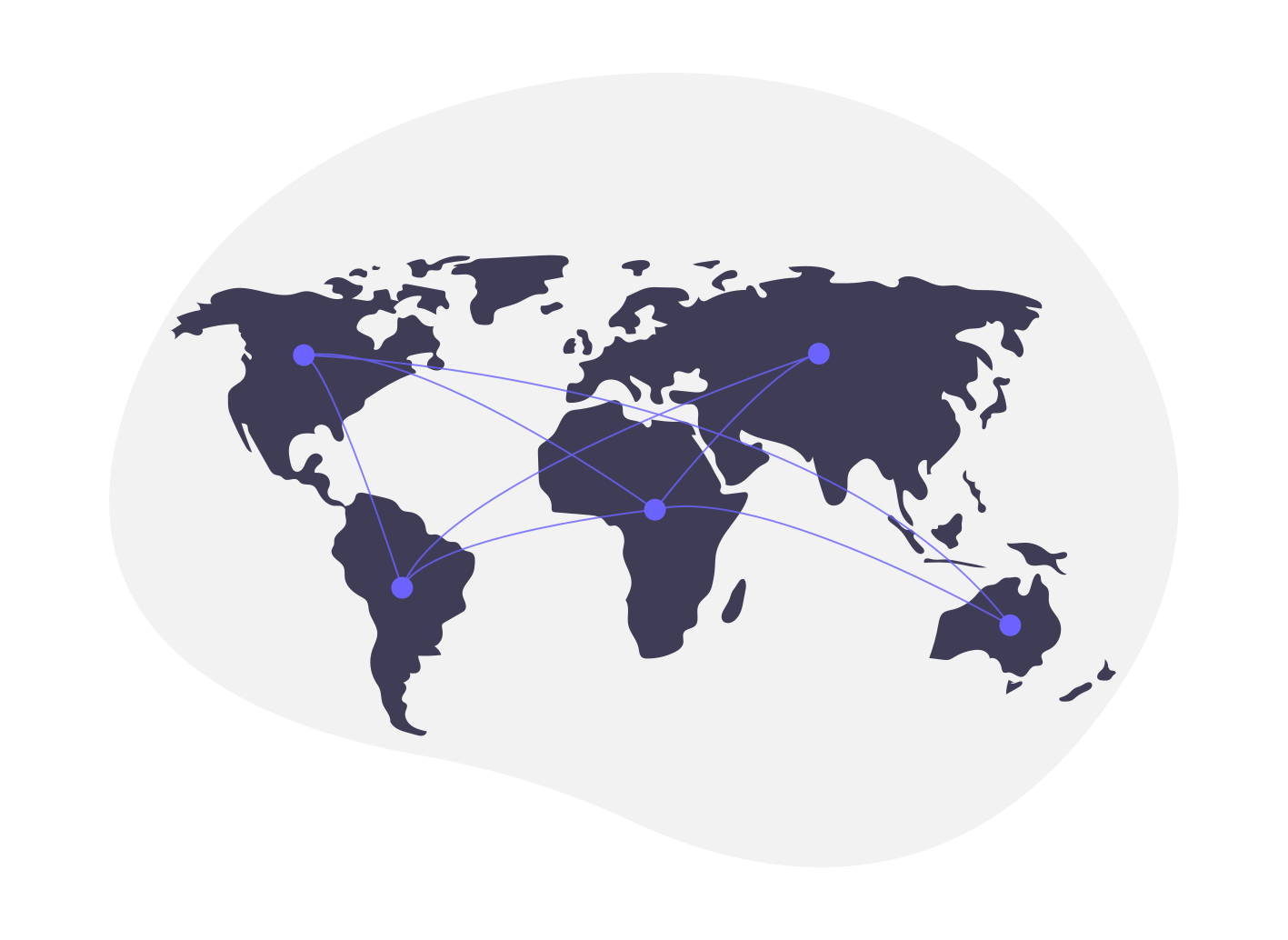In the ever-evolving landscape of marketing, segmentation is key to reaching the right audience effectively. Among the various segmentation strategies, demographic and geographic segmentation stand out due to their straightforward approach and significant impact. This blog explores these two essential segmentation strategies, offering insights into how they can be leveraged for enhanced market targeting.
Demographic Segmentation: The Basics
Demographic segmentation divides the market based on quantifiable characteristics of the population. This method is fundamental in marketing because it helps identify and target specific groups within a broader audience.
Key Demographic Variables:
- Age: Different age groups have distinct preferences and needs.
- Gender: Marketing messages can be tailored based on gender-specific trends and behaviors.
- Income: Income levels influence purchasing power and spending habits.
- Education: Education level can affect consumer interests and product requirements.
- Occupation: Professionals in various fields may have different needs and priorities.
Advantages of Demographic Segmentation
- Simplicity and Clarity: Easy to understand and implement due to the availability of data.
- Cost-Effective: Relatively inexpensive to gather demographic data.
- Predictive Value: Helps predict consumer behavior based on historical data.
Geographic Segmentation: The Fundamentals
Geographic segmentation involves dividing the market based on location. This strategy acknowledges that consumers' needs and preferences can vary significantly across different regions.
Key Geographic Variables:
- Region: Country, state, city, or neighborhood distinctions.
- Climate: Weather patterns can influence product needs.
- Population Density: Urban, suburban, and rural areas may require different marketing approaches.
- Cultural Differences: Regional cultural nuances impact consumer behavior and preferences.
Advantages of Geographic Segmentation
- Localized Marketing: Allows for tailored marketing messages that resonate with local audiences.
- Resource Allocation: Efficient allocation of marketing resources to regions with higher potential.
- Seasonal Marketing: Enables targeted campaigns based on regional weather and seasonal changes.
Strategies for Implementing Demographic and Geographic Segmentation
Research and Data Collection
- Surveys and Questionnaires: Gather demographic and geographic data directly from consumers.
- Census Data: Utilize publicly available census information for demographic insights.
- Sales Data Analysis: Analyze existing sales data to identify geographic trends and demographic patterns.
Tailored Marketing Campaigns
- Personalized Messaging: Develop marketing messages that address the specific needs and preferences of each segment.
- Regional Campaigns: Launch localized campaigns to engage specific geographic segments effectively.
- Product Customization: Adapt products or services to meet the demands of different demographic and geographic groups.
Integrating Demographic and Geographic Segmentation
Combining demographic and geographic segmentation provides a more comprehensive understanding of the market. This integrated approach enables marketers to refine their strategies further, ensuring greater precision in targeting efforts.
Benefits of Integration
- Enhanced Targeting: More accurate identification of high-potential market segments.
- Improved Customer Engagement: Tailored marketing efforts that resonate deeply with target audiences.
- Optimized Resource Use: Better allocation of marketing budgets and resources.
Conclusion
Demographic and geographic segmentation are fundamental strategies in modern marketing. By understanding and applying these segmentation methods, businesses can target their audiences more effectively, resulting in improved engagement and higher conversion rates. Integrating these strategies offers a powerful approach to market targeting, allowing for more precise and impactful marketing efforts.


